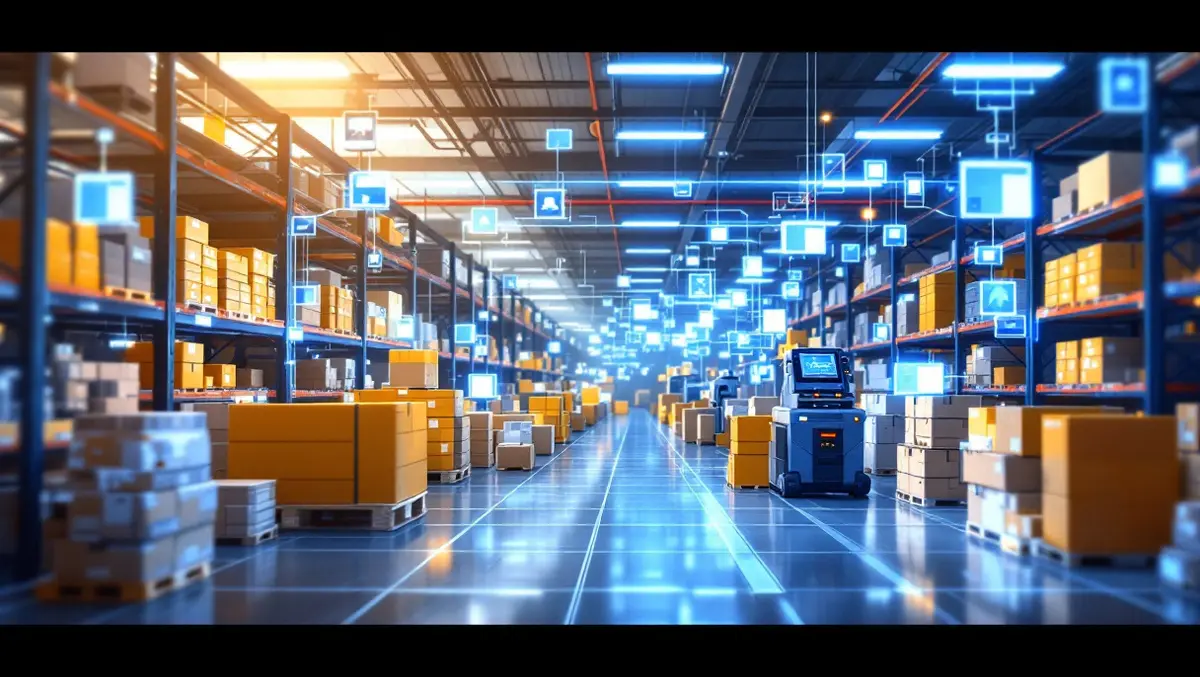
Infrastructure no longer inhibiting factor to the take-off of smart labels
Technology holds immense potential to improve productivity, efficiency, and innovation. However, adopting new technologies is not always straightforward; it is often inhibited by factors such as cultural reticence to change within an organisation or the lack of adequate supporting infrastructure. Indeed, investment in additional networking infrastructure or software platforms is increasingly required in parallel with the new product or solution to ensure it can be deployed successfully.
However, one new technology that appears to buck this trend and is fully compatible with enterprises' existing systems and infrastructure is the smart label. Without need for additional supporting infrastructure, smart labels are primed for significant growth and set to reshape operations in industries including retail, logistics, and transportation.
The evolution of the Smart label
The concept of smart labels is not new; smart label devices effectively act as tracking devices, making the parcels and goods they attach to trackable assets. Tracking devices date back to the 1970s, but it wasn't until the early 1990s, with the advent of GPS technology, that we saw the rise of a range of GPS-based trackers and navigation tools.
GPS-based trackers provide essential tools for fleet management today, such as tracking vehicle location and driving behaviour. However, these bulky, often costly devices, can also require costly network connectivity (via GPS and cellular networks) and have limited battery life, making them less suitable for continuous monitoring of items for any longer than a few weeks. They can also be complex both to set up and remove (when no longer required).
In 2023, in response to the need for a more slim-line, lightweight tracker with a battery life of up to 6 months, G+D launched the first-ever smart label. This revolutionary shipping label marked a game-changing milestone in location tracking. Running on low-power cellular 5G connectivity standard (LTE CAT-M) to send data regarding device location back to a centralised dashboard, the launch made tracking small and large goods seamless, easy, and accurate.
Earlier this year, we launched an enhanced version of the smart label which is significantly smaller (the size of a credit card)with additional features, including a longer-lasting battery, an open-close sensor for tamper protection and automated proof of delivery, and a temperature monitor to ensure the integrity of perishable goods, enhancing security and accountability.
Critically, our Smart Label currently offers out-of-the-box connectivity in more than 50 countries via an integrated iSIM (with further country coverage planned) and can be integrated into existing monitoring systems. The device requires no additional infrastructure or maintenance and is extremely easy to use; each smart label is activated simply by peeling off and applying it to an item. The IT team hardly needs to get involved!
Rising demand for smart labels
Given the simplicity of the devices and the multiple applications smart labels lend themselves to, adoption is primed for rapid growth. According to Precedence Research, the global smart label market is projected to expand at a CAGR of 16.4% from $14.10bn in 2024 to $64.42 bn by 2034.
There are numerous factors behind the surge in demand for smart label technology.
Firstly, geopolitical tensions, severe weather, and supply chain blockages over the last 24 months have adversely impacted global supply chains, leaving them struggling to cope with unprecedented levels of complexity and disruption. Faced with new levels of unpredictability, organisations are looking to technologies that provide real-time visibility of the location of goods, enabling them to be more resilient and informed on the status of shipments.
Consumer shopping habits and behaviour have evolved significantly in recent years, substantially contributing to demand for smart labels. Online commerce continues to show strong growth, with figures from Statistica highlighting how global retail eCommerce sales reached an estimated 5.8 trillion U.S. dollars in 2023 and are predicted to grow by 39 percent over the coming years, reaching over eight trillion dollars by 2027.
As eCommerce grows, so does the risk of parcel and non-delivery fraud (where a buyer claims they didn't receive an item they ordered and then receives a refund without proof of delivery). A recent survey carried out by Cifas found one in five people had or knew someone who had committed non-delivery fraud over the last twelve months. Smart labels not only relay an accurate account of a parcel's journey but also provide a 'secret delivery note'; given the subtlety of the smart label design, most people would fail to recognise that the label contains a hidden tracker since it appears to be a simple barcode or information sticker. As a result, potential fraudsters remain unaware that their actions are being monitored in real-time, offering an additional layer of security.
As economic uncertainties continue this year and enterprises juggle reduced budgets for investment in innovation with the need to streamline and improve operations, we believe technologies that require no other additional infrastructure and, in the case of smart labels, are literally 'peel and play,' will see significant growth. Now more than ever before, IT needs to deliver simple yet effective solutions with a quick ROI and which lighten the loads of both the IT and wider operations teams.

